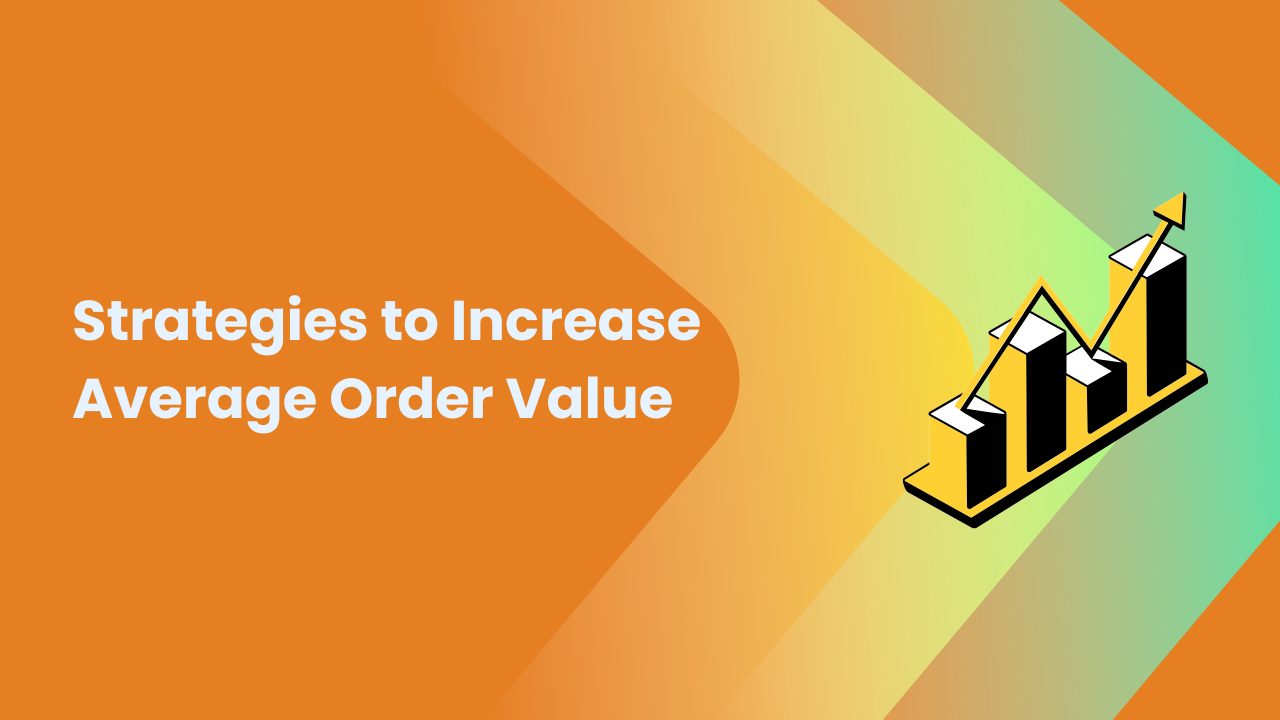Share this Article
Pricing wholesale products effectively is one of the most critical factors determining the success and sustainability of any wholesale business, particularly in Nepal. The right pricing strategy ensures that your products are not only attractive to your target market but also profitable for your business. It can make the difference between a thriving business and one that struggles to meet its goals. As the wholesale market in Nepal continues to grow, understanding how to price your products for maximum profit is key to staying ahead of competitors, enhancing your market share, and ensuring long-term growth.
What is Wholesale Pricing and Why Does it Matter?
Wholesale pricing refers to the price at which goods are sold in large quantities to retailers, resellers, or other businesses rather than to individual customers. These prices are typically lower than retail prices since the buyer (retailer or business) is purchasing a larger volume of products for resale. The primary reason wholesale pricing is so crucial is that it directly impacts your profitability and your competitiveness within your market.
In Nepal, where the retail market is expanding and changing, getting your wholesale pricing right is essential. Nepal’s economy is evolving rapidly, and consumer purchasing power, as well as business-to-business (B2B) relationships, are being shaped by numerous factors including local demand, supply chain infrastructure, and seasonal fluctuations in product demand. Understanding how to leverage these factors while setting prices for your wholesale products will allow you to achieve maximum profit.
Factors Influencing Wholesale Pricing in Nepal
Before diving into the methods and strategies for determining the best price for your wholesale products, it is important to understand the key factors that influence pricing. Here are the most significant considerations you should keep in mind when pricing your wholesale products in Nepal:
1. Cost of Goods Sold (COGS)
Cost of Goods Sold (COGS) refers to all the direct costs involved in producing or purchasing the products you plan to sell wholesale. These costs include raw materials, manufacturing costs, packaging, labor, and transportation. In Nepal, factors like the geographical location of suppliers, infrastructure limitations, and import duties (for international products) significantly impact the cost structure. Understanding the complete COGS for your products is essential because it forms the baseline for setting the price. If you don’t accurately factor in all costs, you risk pricing your products too low to cover your expenses or too high to be competitive.
To calculate COGS, take into account:
- Production Costs: Include raw materials, labor, utilities, and overheads.
- Packaging and Storage: The cost of packaging materials, warehousing, and storage.
- Shipping and Logistics: Costs related to transporting the goods to your warehouse or distribution center.
By understanding the full cost of producing or acquiring a product, you can ensure that your pricing covers all expenses while still leaving room for profit.
2. Market Demand and Competitor Pricing
Market demand is one of the most significant drivers of wholesale pricing. The demand for your products determines the price customers are willing to pay, and it may fluctuate based on seasonality, economic trends, or shifting consumer preferences. For instance, in Nepal, certain products see spikes in demand during festivals or specific seasons. Agricultural products, for example, are often in high demand during planting seasons.
Equally important is understanding your competition. The wholesale market in Nepal is highly competitive, with numerous players vying for business. It is essential to research your competitors and analyze their pricing strategies to ensure you remain competitive. If your competitors are offering similar products at a lower price, you may need to adjust your pricing accordingly or offer additional value to differentiate your products.
3. Economic Conditions and Local Market Trends
Nepal’s economic conditions play a crucial role in setting wholesale prices. Inflation, fluctuating currency exchange rates, and economic growth patterns can impact production costs and consumer purchasing power. For example, a sudden rise in fuel prices can increase transportation costs, which would need to be reflected in your product prices.
In addition, understanding the purchasing power of your target market is crucial. For instance, if your target customers are small businesses or individuals operating in rural Nepal, they may have less financial capacity compared to urban enterprises in cities like Kathmandu or Pokhara. Pricing products to suit the local purchasing power can ensure that your products remain accessible to a broader audience while still being profitable.
4. Logistics and Shipping Costs
Shipping and logistics are particularly important in Nepal, as the country’s challenging geography and infrastructure limitations can drive up costs. With many rural areas being hard to access, transportation costs can vary widely. This is especially true for bulk goods that need to be delivered over long distances.
For wholesale businesses, these logistical challenges can increase operational costs and thus impact pricing. To maintain competitiveness, it is essential to consider alternative logistics options that reduce costs. For instance, consolidating shipments, negotiating better rates with shipping companies, or utilizing local distributors could help reduce expenses, enabling you to price your products more competitively.
Different Pricing Strategies for Wholesale Products
Once you understand the cost structure and the factors influencing your pricing, you can choose a pricing strategy that aligns with your business goals. Here are a few commonly used pricing strategies that could work well in Nepal’s wholesale market:
1. Cost-Plus Pricing
Cost-plus pricing is one of the simplest and most commonly used methods for wholesale pricing. This method involves calculating the total cost of producing or acquiring a product and then adding a predetermined markup to cover profits.
For example, if your total cost of producing a product is NPR 500 and you want to make a profit margin of 20%, you would set your wholesale price at NPR 600. The advantage of this pricing method is that it ensures your business covers all its costs while maintaining a consistent profit margin.
2. Value-Based Pricing
Value-based pricing is based on the perceived value of the product rather than the actual cost of production. This strategy works well if your product has unique attributes, superior quality, or special benefits that differentiate it from competitors. For example, if you’re selling organic or eco-friendly products, you can justify a higher price based on the added value that customers perceive in these products.
When using value-based pricing, it’s important to understand what your customers value most and tailor your pricing strategy to that. Conducting customer surveys and market research can help you identify key value drivers that influence buying decisions.
3. Penetration Pricing
Penetration pricing is an aggressive strategy used to attract customers quickly and capture market share. It involves setting a low price initially to encourage large purchases, build brand awareness, and outcompete rivals. Over time, once your customer base is established, you can gradually increase prices.
This strategy works best for businesses entering competitive or saturated markets. For example, if a wholesale business is introducing a new product category or entering a market segment in Nepal with established competition, offering low prices initially may help gain quick traction.
4. Competitive Pricing
Competitive pricing is a strategy in which you set your prices based on the prices of similar products offered by competitors. This pricing method is most effective when there is little differentiation between products.
In Nepal, where many wholesale products are similar or identical across different businesses, competitive pricing is widely used. To execute this pricing strategy, it is essential to monitor your competitors' prices regularly and adjust your rates as necessary to stay competitive.
5. Discount Pricing
Discount pricing involves offering discounts on bulk orders or special deals for regular customers. For example, offering a 10% discount on orders of 100 units or more can incentivize customers to buy larger quantities, thereby increasing your sales volume.
Seasonal discounts and promotional pricing also fall under this category. For instance, during Nepal's major festivals like Dashain or Tihar, offering promotional discounts can attract more buyers and boost sales.
Calculating Wholesale Prices for Maximum Profit
To effectively price your products for maximum profit, it is essential to calculate your wholesale price accurately. Follow these steps to ensure that your pricing structure supports profitability:
- Determine All Costs: Begin by calculating your total costs, including production, shipping, storage, packaging, and any other related costs. This will give you a clear understanding of the expenses associated with each product.
- Add Your Desired Profit Margin: Once you have your total costs, add a profit margin to cover your desired earnings. Your profit margin will depend on factors such as industry standards, market demand, and competition.
- Adjust for Market Conditions: After determining your baseline price, consider market conditions, competitor pricing, and customer willingness to pay. It’s essential to remain flexible and adjust your prices as necessary.
- Test and Monitor: Pricing is not static. Regularly monitor your sales, customer feedback, and competitors to assess whether your pricing is working. Be willing to make adjustments based on the data you gather.
Tips for Effective Wholesale Pricing in Nepal
- Monitor Local Market Trends: Keep a close eye on market trends, seasonal demand patterns, and economic shifts that could affect your pricing strategy.
- Offer Flexible Payment Terms: Provide credit terms or bulk discounts to incentivize larger orders and long-term relationships with customers.
- Ensure Transparency: Clearly communicate your pricing structure to clients to avoid misunderstandings and build trust.
- Review Competitor Pricing: Regularly check your competitors’ pricing strategies to ensure your prices remain competitive.
- Consider Bundling: Bundling products together can offer customers a perceived value while increasing your average order size.
Conclusion
In Nepal’s growing wholesale market, pricing wholesale products for maximum profit requires a strategic approach that balances cost considerations, market demand, and competitive dynamics. By understanding your costs, utilizing appropriate pricing strategies, and adapting to market conditions, you can set a price that ensures profitability and long-term success.
Whether you adopt cost-plus pricing, value-based pricing, or competitive pricing, the key to effective wholesale pricing lies in understanding both your cost structure and your customers' needs. In a fast-evolving market like Nepal, pricing your products correctly will help you build a loyal customer base, increase your market share, and establish a sustainable business model that thrives in the long run.
Categories:
Marketing & Growth
Tags:
WholesalePricing
,
PricingStrategy
,
ProfitMaximization
,
SMBNepal
,
CostingAndPricing







